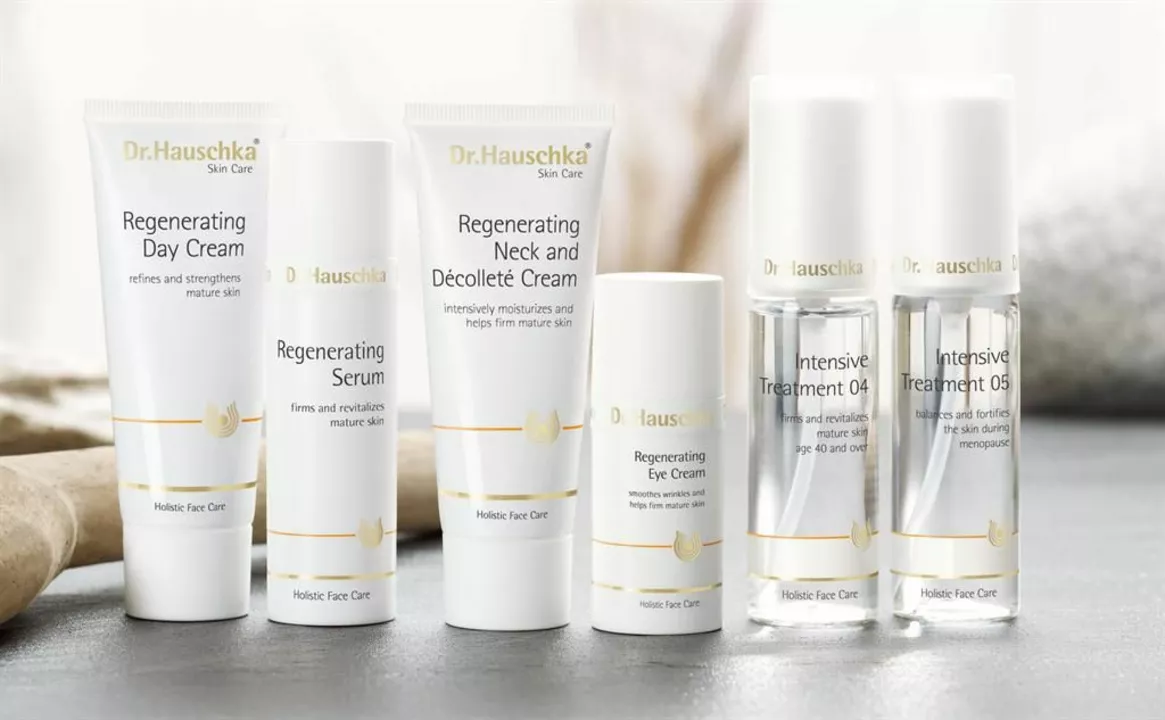Tazarotene: Uses, How It Works, and Smart Application Tips
Want a clear, no-nonsense look at tazarotene? This topical retinoid helps with acne, psoriasis and sun-damaged skin. It’s stronger than some over-the-counter retinoids, so it gives results—but it also needs careful use.
Tazarotene is a prescription retinoid that binds to retinoic acid receptors in the skin. That action speeds up cell turnover, unclogs pores, and slows abnormal skin cell growth in conditions like plaque psoriasis. For acne, expect fewer blackheads and whiteheads over several weeks. For psoriasis, it can reduce scaling and thickness when used as directed.
How to Use It Without Harming Your Skin
Start slow. Apply a pea-sized amount to the affected area once every other night for the first 1–2 weeks, then increase to nightly if your skin tolerates it. Use a gentle cleanser and skip abrasive scrubs or peels while using tazarotene. If your skin gets red or peels a lot, cut back to every 2–3 nights and add a basic moisturizer.
Apply it to clean, dry skin. Let it fully absorb before adding moisturizer if your routine needs both. In the morning, sunscreen is non-negotiable—tazarotene makes skin more sensitive to UV. Use a broad-spectrum SPF 30+ and reapply during sun exposure.
What to Expect: Results and Side Effects
You can see early changes at 4–8 weeks, but clearer, lasting results may take 3 months or longer. Common side effects are dryness, redness, peeling and stinging—these are usually strongest in the first month. If you experience severe burning, blistering, or signs of infection, stop use and contact your clinician.
Tazarotene is not safe in pregnancy. It can cause birth defects, so anyone who can get pregnant should use reliable contraception and discuss risks with their doctor. Breastfeeding patients should also check with a provider before using it.
Mixing tazarotene with other active topicals needs care. Avoid combining it at the same time with strong acids (like glycolic or salicylic acid) or benzoyl peroxide without advice—this can increase irritation or affect stability. Dermatologists often layer treatments or alternate nights to balance benefit and tolerance.
Buy it through a licensed pharmacy with a prescription. Beware of unverified online shops selling without prescriptions—potency and safety aren’t guaranteed. Store tazarotene at room temperature and keep it out of reach of children.
Bottom line: tazarotene is effective for acne, psoriasis and photoaging if you use it carefully. Start slow, protect your skin from the sun, and consult your prescriber about combining it with other treatments or if you plan a pregnancy. Small changes in routine can make the difference between irritation and real improvement.
